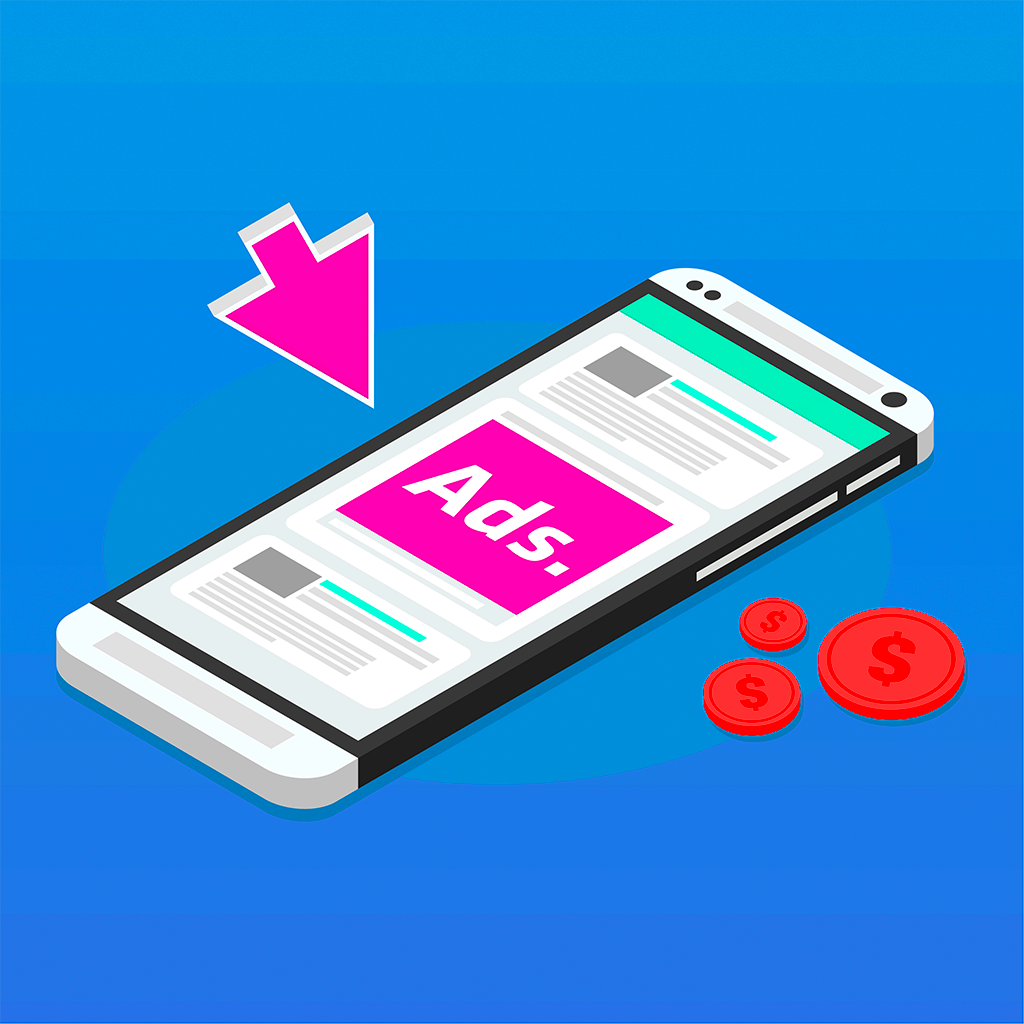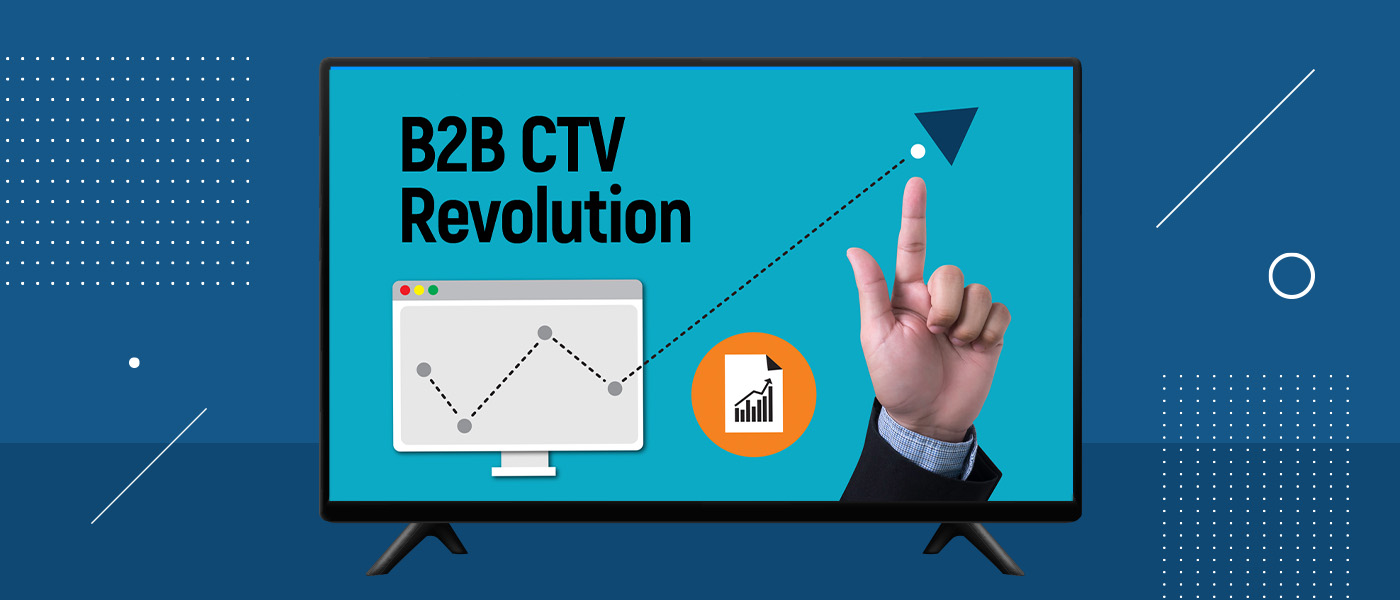
Enhancing Ad Engagement and Revenue for Publishers Through In-App Advertising
ThePubverse Team | June 4, 2024
The Middle East and North Africa (MENA) region is experiencing rapid growth in mobile app usage, creating a fertile ground for mobile app publishers to harness the power of in-app advertising. With increasing smartphone penetration and a tech-savvy population, the potential for in-app advertising to enhance ad engagement and boost revenue is immense. This article delves into the various types of in-app ad units available, the benefits and drawbacks of in-app advertising, the best advertising networks for publishers, and how mobile app publishers can integrate with Google AdX to maximize their revenues.
Types of In-App Ad Units
- Banner Ads
Banner ads are small, rectangular advertisements that typically appear at the top or bottom of the app screen. They are a popular choice for many app publishers due to their simplicity and ease of integration. Banner ads are relatively non-intrusive, allowing users to continue engaging with the app content without significant interruption. While they provide consistent exposure and can be displayed persistently, their click-through rates (CTR) tend to be lower compared to more immersive ad formats. To maximize their effectiveness, publishers can experiment with different placements and sizes, ensuring that the ads do not detract from the overall user experience.
- Interstitial Ads
Interstitial ads are full-screen ads that cover the entire app interface, appearing at natural transition points such as between game levels or during app loading screens. These ads offer high visibility and engagement, as they capture the user’s full attention. However, their intrusive nature can disrupt the user experience if not implemented carefully. Publishers should strategically place interstitial ads to ensure they do not appear too frequently, as this can lead to user frustration and potential churn. When used appropriately, interstitial ads can significantly boost ad engagement and revenue.
- Native Ads
Native ads are designed to blend seamlessly with the app’s content, providing a more integrated and less intrusive advertising experience. These ads match the look and feel of the app, making them more engaging and less likely to be ignored by users. Native ads are highly effective because they do not interrupt the user experience and are perceived as part of the app’s natural content. However, creating effective native ads requires careful design and a deep understanding of the app’s user interface. When done correctly, native ads can enhance user engagement and drive higher revenue.
- Rewarded Videos
Rewarded video ads offer users an incentive, such as in-app currency, extra lives, or other rewards, in exchange for watching a video ad. This ad format provides high engagement rates and user satisfaction since users choose to watch the ad to receive a reward. Rewarded videos are particularly effective in gaming apps, where users are often motivated to watch ads to gain an advantage in the game. However, this ad format may not be suitable for all app types. Publishers should ensure that the rewards offered are valuable enough to encourage users to watch the ads without compromising the app’s overall monetization strategy.
Pros and Cons of In-App Advertising
Pros
- High Engagement: In-app ads can achieve high engagement rates due to their seamless integration and targeted nature. Users are more likely to interact with ads that are relevant to their interests and seamlessly integrated into the app experience.
- Better Targeting: Advertisers can leverage user data to deliver highly relevant ads, increasing the chances of interaction and conversion. Advanced targeting capabilities allow publishers to deliver personalized ad experiences, enhancing user satisfaction and engagement.
- Diverse Formats: Various ad formats, such as banners, interstitials, native ads, and rewarded videos, allow publishers to choose the best one that fits their app and audience. This flexibility enables publishers to experiment with different ad formats and optimize their strategies for maximum effectiveness.
- Revenue Generation: In-app ads can be a significant revenue source, especially for free-to-use apps. By offering a mix of ad formats and strategically placing them within the app, publishers can create a steady stream of revenue without relying solely on in-app purchases or subscriptions.
Also read: Understanding Why In-Game Audio Ads Work and How to Utilize Them
Cons
- User Experience: Poorly implemented ads can disrupt the user experience, leading to user dissatisfaction and churn. It is crucial for publishers to balance ad frequency and placement to ensure they do not negatively impact the app’s usability.
- Ad Blockers: Some users may employ ad blockers, reducing the effectiveness of in-app advertising. While ad blockers are less common on mobile devices compared to desktop, their presence can still impact revenue. Publishers should focus on creating high-quality, non-intrusive ad experiences to minimize the use of ad blockers.
- Revenue Fluctuation: Ad revenue can be inconsistent, depending on factors such as user engagement, seasonality, and advertiser demand. Publishers should diversify their monetization strategies to mitigate the impact of revenue fluctuations and ensure a stable income stream.
In-App Advertising Networks for Publishers
- Email Marketing
While not a direct in-app ad format, email marketing complements in-app advertising by engaging users outside the app. Publishers can use email to drive users back to the app and promote in-app purchases or premium content. By leveraging user data and segmentation, publishers can send personalized email campaigns that encourage users to re-engage with the app, explore new features, or take advantage of special offers.
- In-App Purchases
In-app purchases (IAPs) allow users to buy additional content, features, or virtual goods within the app. This model can be highly lucrative, especially when combined with strategic in-app advertising to promote these purchases. Publishers can use in-app ads to highlight new items, special deals, or limited-time offers, encouraging users to make purchases and enhancing the overall monetization strategy.
- Freemium Model
The freemium model offers basic app functionality for free while charging for advanced features or premium content. This approach can attract a large user base, which can then be monetized through in-app ads and conversions to the premium version. By offering a mix of ad-supported free features and paid premium features, publishers can cater to a wide range of users and maximize their revenue potential.
- Paywalls
Paywalls restrict access to certain app content unless the user pays, creating a direct revenue stream. Combining paywalls with in-app advertising can maximize revenue by offering ad-free experiences to paying users while monetizing free users through ads. This dual approach allows publishers to cater to different user preferences and optimize their revenue from both ad-supported and subscription-based models.
Maximizing Revenue with Google AdX
Google AdX (Ad Exchange) is a powerful tool for mobile app publishers aiming to maximize their ad revenue. It offers access to a vast network of advertisers and sophisticated ad targeting capabilities, enabling publishers to optimize their ad inventory and increase revenue. Here’s how publishers can integrate with Google AdX:
- Sign Up for Google Ad Manager: To use Google AdX, publishers need to sign up for Google Ad Manager, which provides tools to manage and optimize ad inventory. Google Ad Manager offers advanced features for ad trafficking, targeting, and reporting, helping publishers make data-driven decisions.
- Ad Unit Creation: Create ad units in Google Ad Manager that are suitable for your app’s design and user experience. Publishers should experiment with different ad formats and placements to find the optimal combination that maximizes engagement and revenue without compromising the user experience.
- SDK Integration: Integrate the Google Mobile Ads SDK into your app to start serving ads. This SDK supports various ad formats, including banners, interstitials, and rewarded videos. The integration process involves adding the SDK to the app’s codebase and configuring the ad units created in Google Ad Manager.
- Set Up Mediation: Use Google Ad Manager’s mediation feature to serve ads from multiple networks, ensuring the highest revenue by prioritizing the highest-paying ads. Mediation allows publishers to maximize fill rates and eCPMs by dynamically selecting the best-performing ads from a pool of networks, increasing overall ad revenue.
- Monitor and Optimize: Regularly monitor ad performance using Google Ad Manager’s analytics tools. Publishers should analyze key metrics such as impressions, CTR, eCPM, and revenue to identify trends and opportunities for optimization. By continuously optimizing ad placements, formats, and targeting, publishers can enhance ad engagement and maximize revenue.
Also read: Unlocking Native Advertising Potential for Brands and Publishers in 2024
Mobile app publishers have a wealth of opportunities to enhance ad engagement and boost revenue through in-app advertising. By leveraging various ad formats and integrating with powerful ad networks like Google AdX, publishers can optimize their monetization strategies while maintaining a positive user experience. As the mobile landscape continues to evolve, staying informed about the latest trends and best practices in in-app advertising will be crucial for sustained growth and success. Embracing innovative ad formats, balancing monetization strategies, and utilizing advanced tools like Google AdX will enable publishers to thrive in the competitive MENA market.




